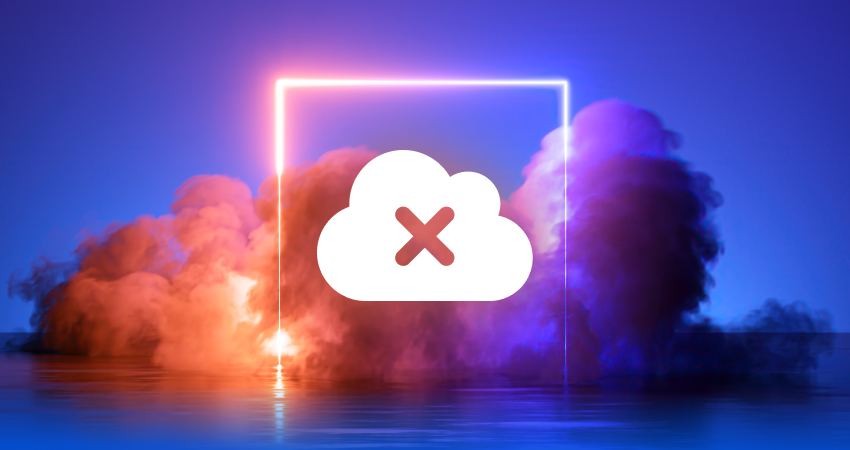Welcome to the TSIA Blog
Want to stay up to date on the latest industry trends and developments impacting the technology and services space? You’re in the right place.
Dive into our research
.png)
Unlocking AI’s Power in Managed Services: Insights from Logicalis on the TECHtonic Podcast
Are you interested in understanding how AI can revolutionize your business operations and competitive edge? In the latest episode of TSIA’s TECHtonic podcast, Justin Cawood, Vice President of Global Service Transformation at Logicalis, joins host Thomas Lah to unpack the transformative journey of implementing AI-driven solutions within the managed services space.
Managed Services
For department leaders
.png)
Maximizing Your Customer Success Team
In an era when budgets are tightening, and every department is under the microscope, customer success teams must demonstrate their undeniable value. Gone are the days of unlimited budgets and value assumptions; today, customer success executives find themselves in the hot seat, needing to justify their operations’ existence and efficacy.
Customer Success
Research Journeys

Chief Revenue Officer: AI Use Cases for Generating Revenue
Ready to supercharge your revenue with AI? Join our research journey on cutting-edge AI use cases. Learn practical applications, overcome challenges, and unlock new revenue streams for your tech business.
CRO Council
Research Journeys
.png)
Optimizing Profitability: Pricing Strategies for Professional Services
Have you ever wondered how the pricing of professional services could evolve amidst the monumental industry changes happening today? Pricing has always been a pivotal aspect of business strategy, but sole reliance on traditional methods won’t cut it anymore. If you’re looking to stay ahead in your industry, understanding the art and science of pricing is more crucial than ever.
Professional Services
Research Journeys

Determining KPIs for Measuring Managed Services
The managed services landscape is booming. As more organizations outsource IT and other critical business functions to managed service providers (MSPs), practical tools to measure success in this domain become paramount. However, traditional metrics—centered around cost reduction and service levels—no longer suffice in a world increasingly driven by outcomes. Are you capturing the total value that managed service providers deliver?
Managed Services
Research Journeys

What Is the Fish Model?
Let’s explain what the SaaS fish model is and how you can negotiate your way through the fish as a SaaS business.
Cross-Functional
For department leaders

Make Smart Decisions™ with TSIA’s Expertise
Discover how to make smart decisions™ with TSIA's expertise. Explore challenges, mission, unique offerings, TSIA Portal benefits, and plans. Let TSIA guide your journey.
Cross-Functional
For executives

The State of XaaS Channel Partnerships 2024
If you’re seeking to understand channel partnerships’ pivotal role in driving ARR growth, you're in the right place. Welcome to “The State of XaaS Channel Partnerships 2024” report, an industry update on the new normal for vendors and partners in subscription-based XaaS (technology as a service).
Cross-Functional
For executives

Transforming Field Services with AI-Driven Strategies
Throughout 2023, field service leaders faced many challenges influenced by economic uncertainties, the omnipresence of artificial intelligence (AI), and the day-to-day intricacies of overseeing essential organizations.
Field Services
For department leaders










